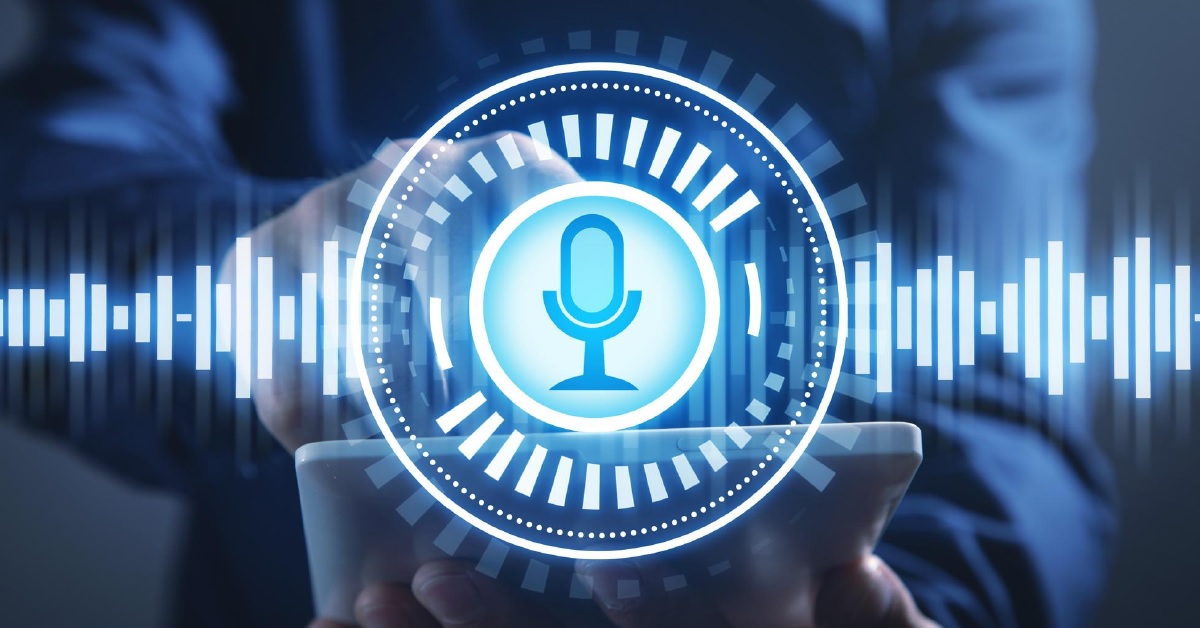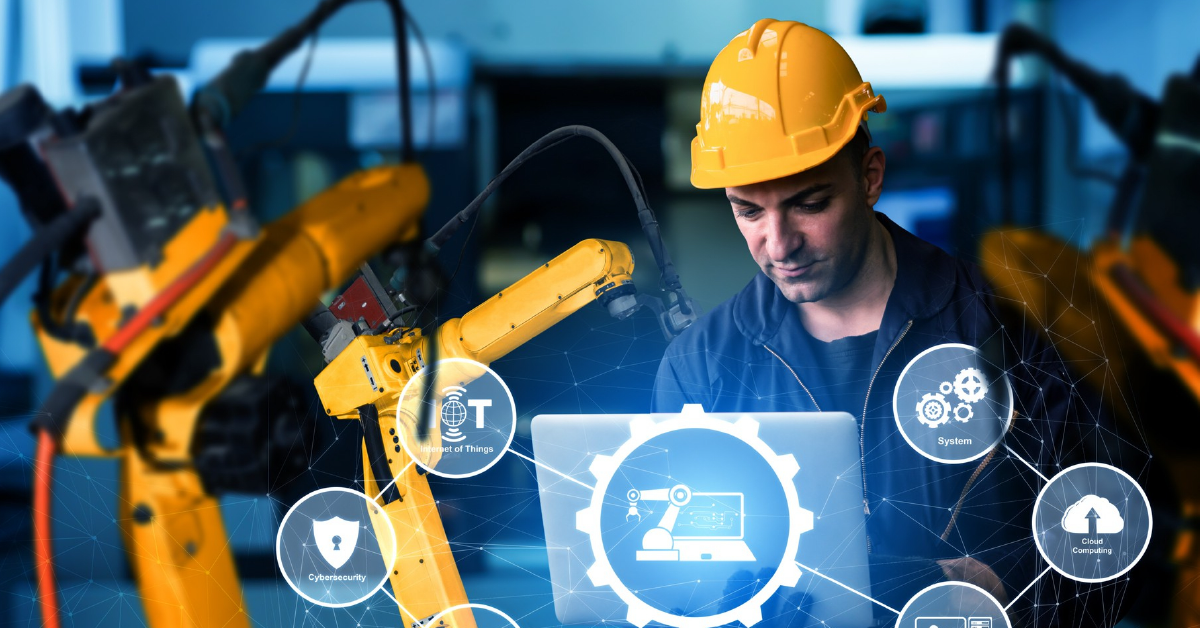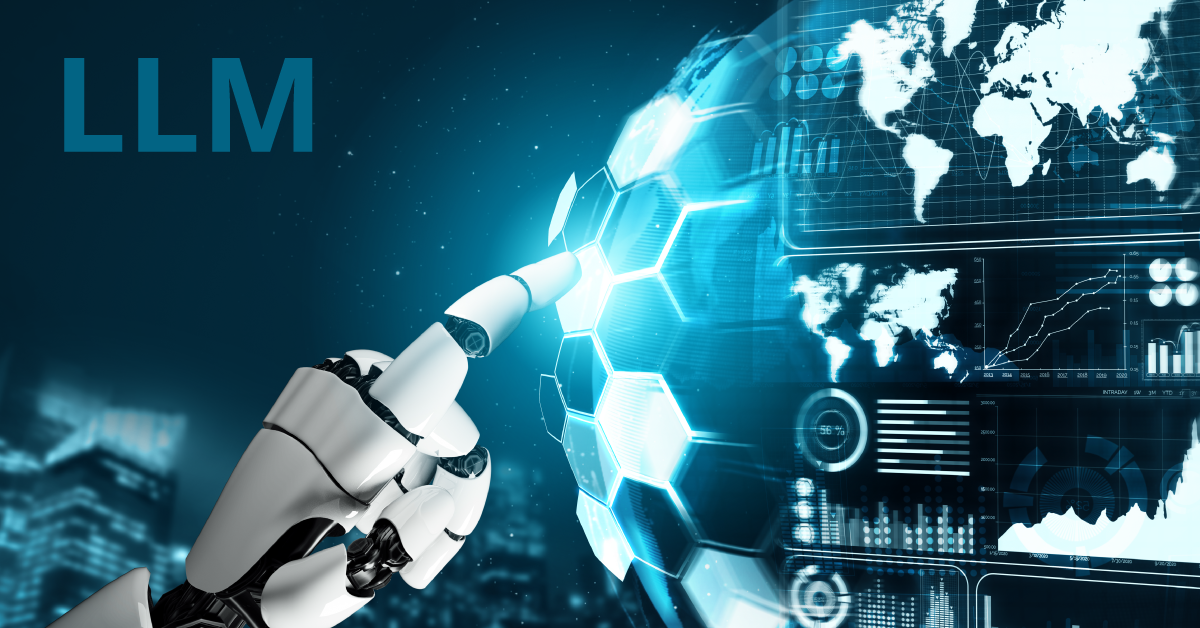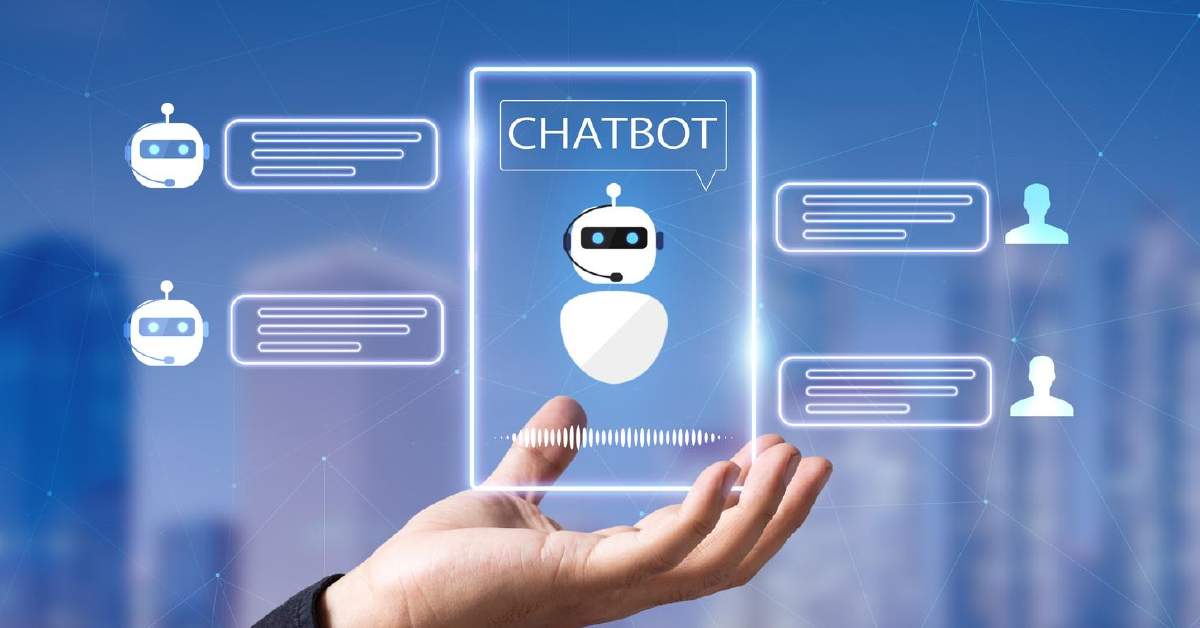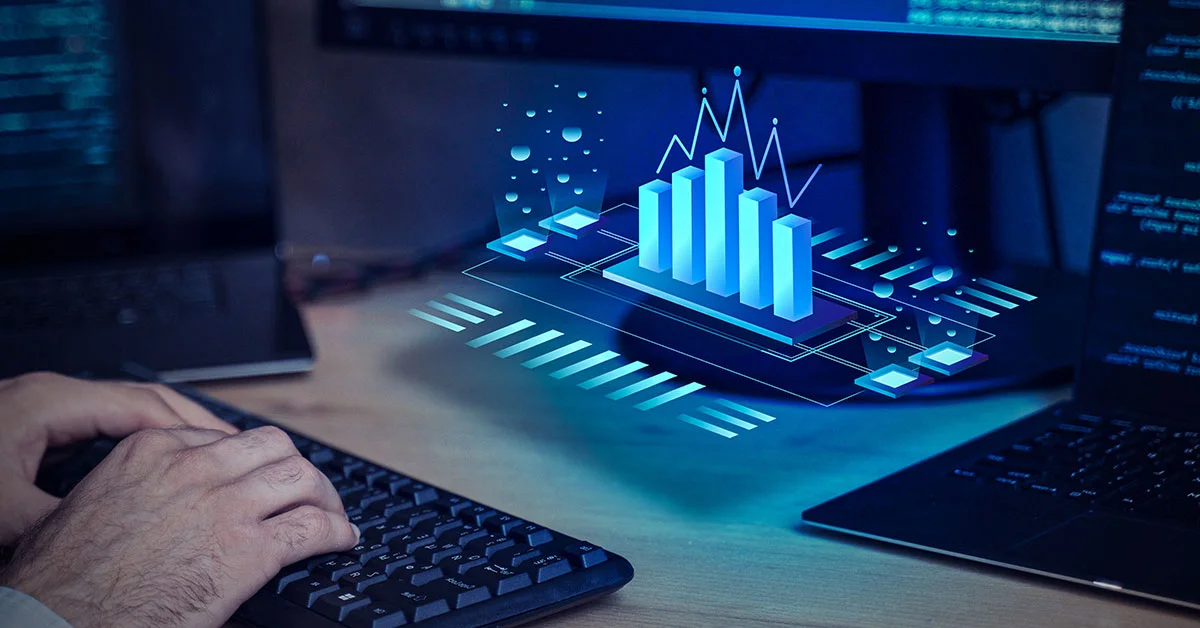Creating High Quality AI Image and Video Generation
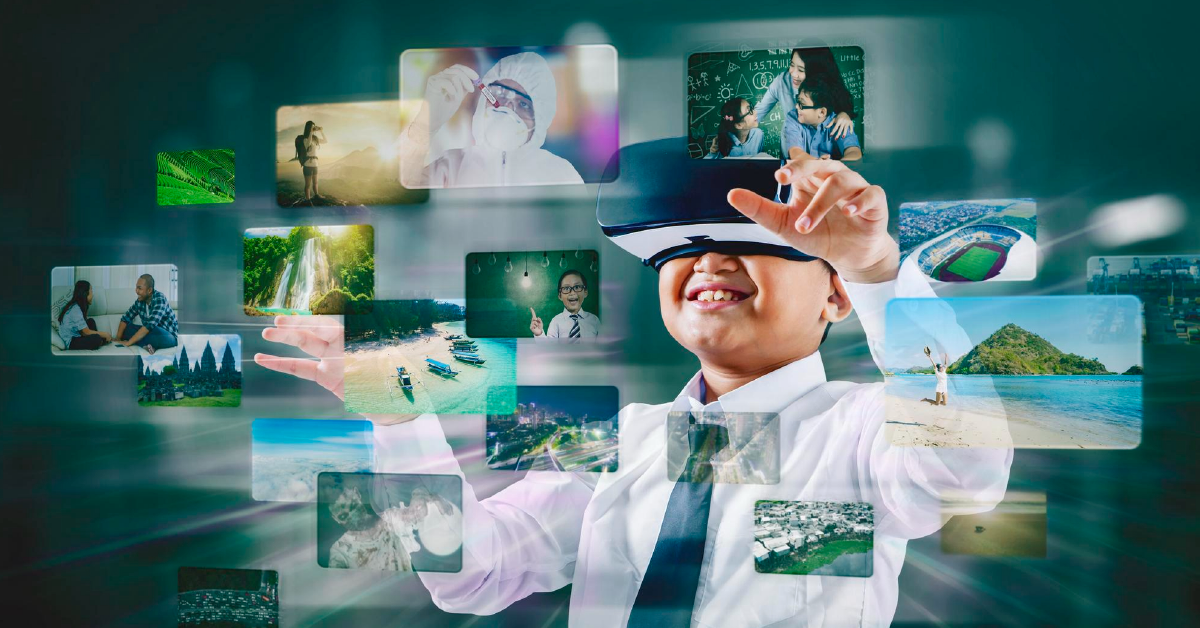
5 min read
To produce amazing AI image generation, high-definition photographs and videos that move and inspire, make use of the entire creative AI. This latest tech combines speed and creativity with sophisticated algorithms and deep learning, enabling the quick creation of visually stunning material that satisfies the highest standards of quality. Discover the future of producing visual material with AI-Powered capacity to produce eye-catching photos and videos in a remarkably short amount of time.
AI Image Generation: Using Artificial Neural Networks
AI image generators construct images from scratch using trained artificial neural networks. These generators are capable of producing unique, realism graphics from text input given in natural language. Their unique talent for fusing many styles, ideas, and characteristics to create artistic imagery. That is appropriate to the setting is what sets them apart. Generative AI, a kind of artificial intelligence that focuses on content production, enables this.
Large volumes of image data are used to train artificial intelligence image generators. The algorithms gain knowledge of various facets and traits of the images contained in the datasets during the training phase. They can then produce new images that are stylistically and conceptually comparable to those in the training data.
Technologies Behind AI Image Generation
The state of AI image generation delves into a captivating fusion of innovative technologies. Neural networks, particularly generative adversarial networks (GANs) and vibrational auto encoders (VAEs), lie at the heart of this innovation. GANs engage in a captivating dance of creation and critique, where a generator crafts images while a discriminator offers feedback, resulting in a refined output. VAEs, on the other hand, traverse latent spaces to decode and reconstruct images, offering a unique approach.
Generative Adversarial Networks (GANs)
The power of two competing neural networks the generator and the discriminator. It can use by the machine learning algorithms known as generative adversarial networks, or GANs. The idea that these networks are set against one another in a competition that resembles a zero-sum game gives origin to the word “adversarial”.
- Diffusion Models
Diffusion models are a form of generative model can use in machine learning that imitates the data it has been trained on to produce new data, such as images or sounds. They achieve this by using a method akin to diffusion, thus the name. They gradually amplify the data with noise and then figure out how to reverse it to produce fresh, comparable data.
Diffusion models will compare to master chefs who learn to prepare meals that taste exactly like those they have before tasted. After tasting a dish and analyzing its ingredients, the chef creates a new dish that tastes remarkably similar. Similar to this, diffusion models are capable of producing data (such as photos) that closely resembles the training data.
- Neural Style Transfer
Neural style transfer involves fusing one image with another image’s unique style. Convolutional neural networks (CNNs) will use to distinguish and combine content and stylistic aspects from different picture sources. Applications of this technology include making images into artistic creations that resemble those of talented painters.
- Recurrent Neural Networks (RNNs)
Over time, an RNN retains every bit of knowledge. It’s only useful for time series prediction if it can recall previous inputs. Even more is done to boost the effective pixel neighborhood by combining convolutional layers and recurrent neural networks.
- Attention Mechanisms
The attention mechanisms got prominence in variety of AI image creation works. Which enable models to focus on specific parts of an image or produce images that are more coherent and contextually appropriate manner.
AI Generates Quality of Videos Using the Most Recent Sources and Developments
High-quality photographs and videos can now ready to use AI technology. And also it can help with content development, including blog authoring. There are a few things given that you should remember.
Image and Video Generation: AI-Powered models like Generative Adversarial Networks (GANs) have shown remarkable capabilities in generating realistic images and videos. They can produce impressive results in terms of quality and diversity, but the output’s quality might still vary based on factors. Those are the complexity of the content, the dataset used for training, and the specific AI model employed.
Text Generation: AI models like GPT-3 have demonstrated the ability to generate text, including articles and blogs. While they can certainly assist in generating written content, the quality and coherence of the generated text can vary. Fine-tuning and providing clear prompts can help improve the quality of the generated content.
Time Efficiency: AI-generated content can indeed speed up the process of content creation. For example, AI can help draft blog posts, generate images, and even create videos with certain constraints. However, the time it takes to produce high-quality content still depends on the complexity of the task and the sophistication of the AI model. Additionally, human review and editing are often necessary to ensure the final content meets the desired standards.
Creative and Contextual Understanding: While AI can generate content quickly, it might not have a deep understanding of specific creative nuances, cultural context, or domain-specific expertise. These are necessary for creating highly intelligent and high-quality material. Human input and oversight remain crucial in these areas.
AI-Based Video Enhancement Tools
There are AI systems that try to increase video quality by upscaling resolution, lowering noise, and enhancing overall visual clarity. These AI-based video enhancement tools leverage machine learning and deep learning techniques to analyze and manipulate video frames, resulting in higher-quality output. Here are a few examples.
Topaz Video Enhance AI: This software uses machine learning models to upscale and enhance videos while reducing noise and artifacts. It aims to increase video resolution and improve visual quality.
Dandere2x: Dandere2x is a deep learning-based video upscaling AI tool that focuses on increasing video resolution and quality using AI technology.
VEAI (Video Enhance AI by Gigapixel AI): Developed by Topaz Labs, VEAI up scales videos using AI models to enhance resolution and reduce noise and artifacts, resulting in improved video quality.
DVD Fab Enlarger AI: DVD Fab’s Enlarger AI is designed to upscale videos with improved resolution and quality, while also reducing noise and artifacts.
Remini: Initially designed for enhancing photos, Remini has expanded its capabilities to include video enhancement using AI algorithms.
Wonder share Filmora: A video editing software that incorporates AI technology for video enhancement, stabilization, and other improvements.
Hit Film Express: A free video editing and compositing software that includes AI-based features for color correction and enhancement.
Red Giant Universe: This plugin suite includes various effects, transitions, and enhancements, which some use AI algorithms to power.
Artificial Intelligence Image Generator Limitations and Controversies
AI image generates, particularly those powered by deep learning models like Generative Adversarial Networks (GANs). GANs have made significant advancements in creating realistic and visually appealing images. However, they also come with a range limitations and controversies. Some of the most noteworthy ones are listed here.
- Issues with authenticity and Quality
It’s no secret that AI systems frequently fail to create images devoid of flaws or accurately reflecting variety in the actual world. Some of the major obstacles to assuring quality and authenticity are the impossibility. Reliance on potentially biased pre-trained datasets and challenges in fine-tuning AI algorithms are required to synthesize flawless human faces.
- Difficulties with intellectual property and copyright
The use of AI-generated photographs creates serious ethical concerns, particularly when done in fields like journalism and historical documentation that need neutrality and authenticity.
- Lack of Understanding and Control
AI image generators will create the images frequently without a clear understanding of the content and context. Due to this absence of the control, unsuitable or ridiculous images can produce.
- Data Privacy and Consent
Without their permission, AI image creator could utilize the people openly accessible photographs, potentially breaching their privacy.
Conclusion
These AI-powered video enhancement tools aim to provide users with the ability to enhance the quality of their videos by leveraging advanced algorithms and neural networks. However, it’s important to note that while these tools can improve video quality to a certain extent, they may not be able to perform miracles on extremely low-quality or heavily compressed source material. The effectiveness of these tools can vary based on factors such as the input video quality, the algorithms used, and the specific enhancements you’re looking to achieve. Get more interesting articles on AI & ML blogs updated weekly on our site.
Published: August 21st, 2023

